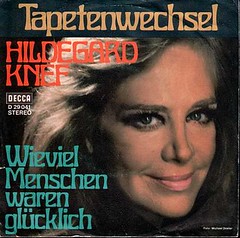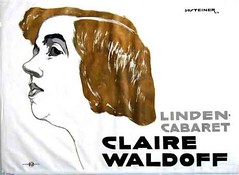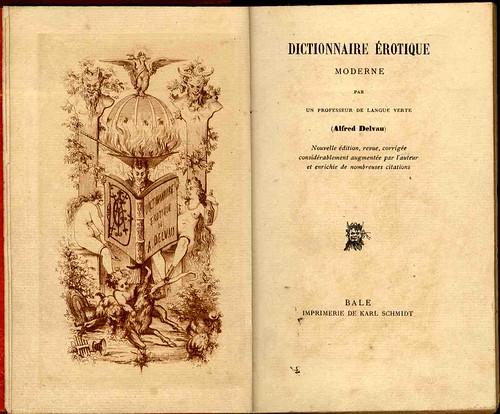Stonewall riots @40
From the New York Times of June 29, 1969:
- HUNDREDS OF YOUNG MEN WENT ON A RAMPAGE IN GREENWICH VILLAGE, shortly after 3 A.M. yesterday after a force of plain-clothes men raided a bar that the police said was well known for its homo-sexual clientele.
- Thirteen persons were arrested and four policemen injured. The young men threw bricks, bottles, garbage, pennies and a parking meter at the policemen, who had a search warrant authorizing them in investigate reports that liquor was sold illegally at the bar, the Stonewall Inn, 53 Christopher Street, just off Sheridan Square.–New York Times, June 29, 1969[2]
The Stonewall riots were a series of violent conflicts between New York City police officers and groups of gay and transgender people that began during the early morning of June 28, 1969, and lasted several days. Also called the Stonewall Rebellion or simply Stonewall, the clash was a watershed for the worldwide gay rights movement, as gay and transgender people had never before acted together in such large numbers to forcibly resist police.
Except for Illinois, which decriminalized sodomy in 1961, homosexual acts, even between consenting adults acting in private homes, were a criminal offense in every U.S. state at the time the Stonewall Riots occurred: “An adult convicted of the crime of having sex with another consenting adult in the privacy of his or her home could get anywhere from a light fine to five, ten, or twenty years—or even life—in prison. In 1971, twenty states had ‘sex psychopath‘ laws that permitted the detaining of homosexuals for that reason alone. In Pennsylvania and California sex offenders could be locked in a mental institution for life, and [in] seven states they could be castrated.” (Stonewall: The Riots That Sparked the Gay Revolution, by David Carter, p. 15) Castration, emetics, hypnosis, electroshock therapy and lobotomies were used by psychiatrists to attempt to cure homosexuals through the 1950s and 1960s.(Katz, pp. 181–197.)(Adam, p. 60.)
Subsequent nightclubs, such as The Sanctuary, often billed as the first modern DJ-led nightclub of New York, epitomized the post-Stonewall era, “when gay men had won the right to dance intimately together without worrying about the police.” —Peter Braunstein

![Stonewall riots @40[1] The Stonewall riots were a series of violent conflicts between New York City police officers and groups of gay and transgender people that began during the early morning of June 28, 1969, and lasted several days. Also called the Stonewall Rebellion or simply Stonewall, the clash was a watershed for the worldwide gay rights movement, as gay and transgender people had never before acted together in such large numbers to forcibly resist police. From the New York Times of June 29, 1969: HUNDREDS OF YOUNG MEN WENT ON A RAMPAGE IN GREENWICH VILLAGE, shortly after 3 A.M. yesterday after a force of plain-clothes men raided a bar that the police said was well known for its homo-sexual clientele. Thirteen persons were arrested and four policemen injured. The young men threw bricks, bottles, garbage, pennies and a parking meter at the policemen, who had a search warrant authorizing them in investigate reports that liquor was sold illegally at the bar, the Stonewall Inn, 53 Christopher Street, just off Sheridan Square.—New York Times, June 29, 1969[2] The Sanctuary epitomized the post-Stonewall era, when gay men had won the right to dance intimately together without worrying about the police.](http://22.media.tumblr.com/Y3KxdEiQup9bs39weHt9Eiebo1_400.gif)





